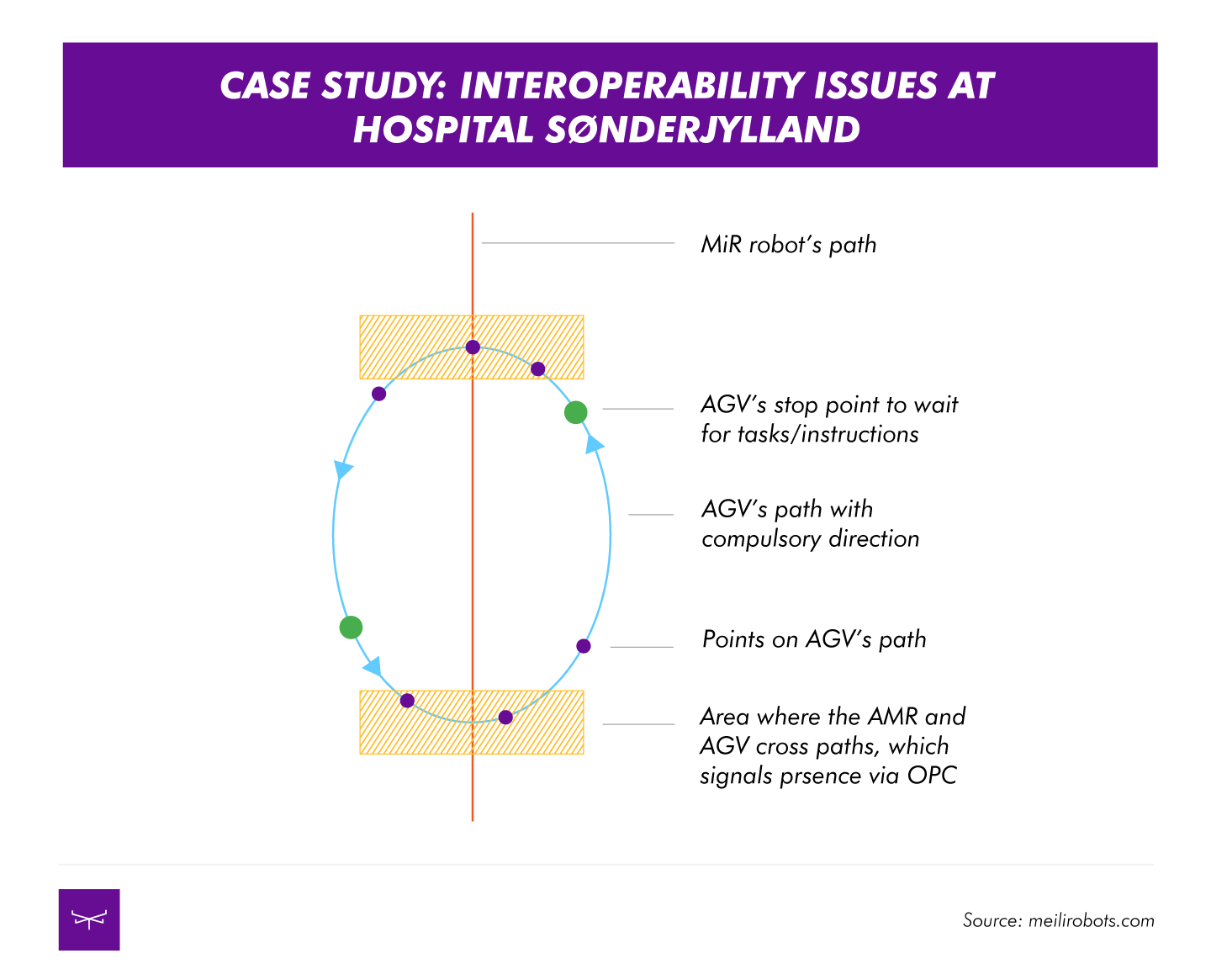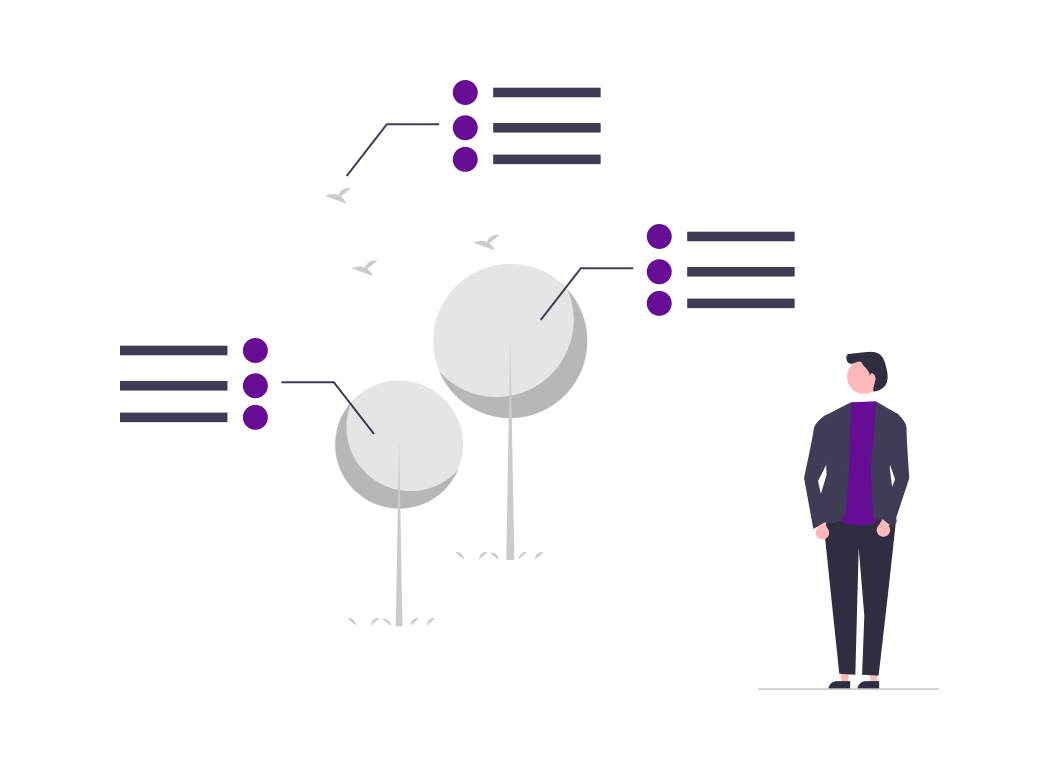The report also includes a case study about the Management of Robotised Transport project — better known as project START (Styring Af Robotiseret Transport), which was conducted at Hospital Sønderjylland in Denmark. The project tested, adjusted, and customised MiR’s fleet management system in a setting with different types of mobile robots and, of course, the hospital logistics.
None of the participating project partners were surprised by the outcome of the study: evidently, a universal fleet management system is needed to provide an overview of the entire fleet, regardless of robot types or brands. Moreover, it is of great importance to enable full control of the routes, locations, tasks, and speed of the robots to minimise work floor accidents and simultaneously optimise the overall efficiency of the operations.









![[Report] Interfleet Software Integration](https://images.squarespace-cdn.com/content/v1/6616ae8561bf6a6177fc5d75/1712762524630-UZGSXF36N80HMNXAB7HP/undraw_version_control_re_mg66.png)



![[Checklist] 2021 Holiday Prep: A Checklist for Online Retailers](https://images.squarespace-cdn.com/content/v1/6616ae8561bf6a6177fc5d75/1712762524813-461RNWV3VS97G57AIM6G/undraw_To_do_re_jaef.png)




![[Podcast] Can the Robotics Market Survive Stagnation Without Addressing the Interoperability Issues?](https://images.squarespace-cdn.com/content/v1/6616ae8561bf6a6177fc5d75/1712762523982-SUZJDFKS9Q4TP82RXKST/undraw_podcast_q6p7.png)